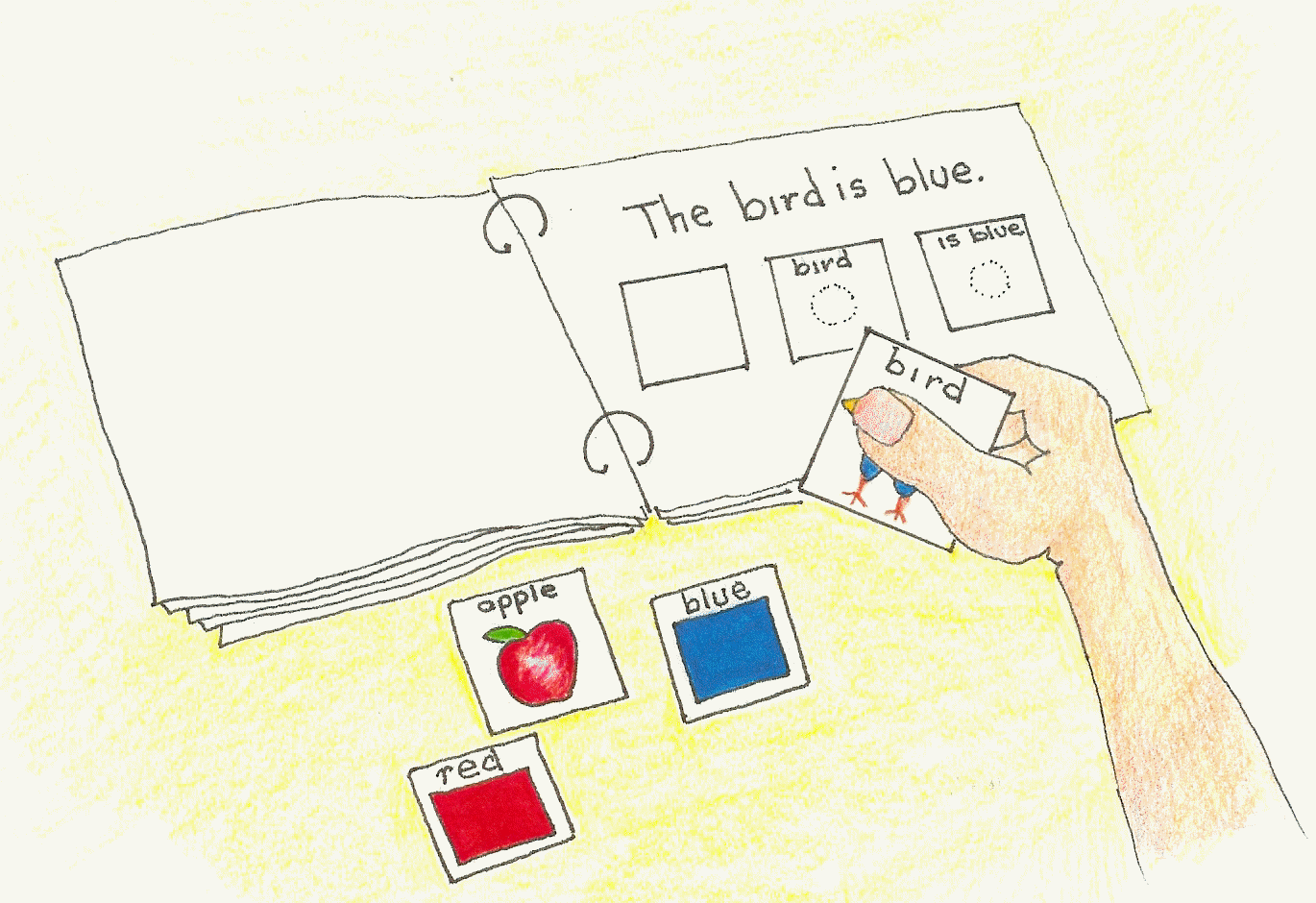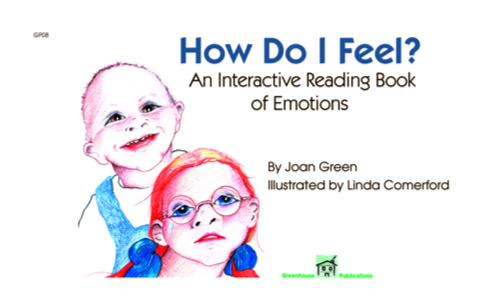Using Visual Strategies to Enhance Communication and Promote Literacy
Posted by Joan Green of Greenhouse Publications 2019 on Jan 30th 2019

Using Visual Strategies to Enhance Communication and Promote Literacy
What are visual strategies?
Visual strategies are simply ways to provide information visually. Common examples in everyday life include: calendars, maps, traffic signals, shopping lists, clocks, street signs, GPS devices, store isle markers, assembly instructions, etc.
Why are they important?
Once said, words are like smoke, they disappear. Once sign language is used and hands are quiet, the information is gone. Written and picture information provide opportunities to visually process information and to revisit the information if needed.
Who can benefit from using visual strategies?
Anyone who has vision can benefit from visual strategies, especially visual learners. Students on the Autism spectrum are especially prone to be visual learners and benefit from the use of pictures when attempting to access and convey information.
Types of visual communication:
- Pointing – drawing attention to something seen
- Sign language – ASL of signed English
- Written – for readers
- Pictures – photographs or drawings
- Pictures with words – understandable to the largest group of people, literate, non-literate, English as a second language can all benefit.
Ways visual strategies can be used with students:
- Visual schedule – a class or home schedule of what’s happening today
- Clarify information - Fire drill today! Show a picture of what’s going to happen
- Weekly schedule – events upcoming this week. Ex. No school on Monday.
- Transitioning – When leaving the classroom, show a picture of where we’re going.
- Student indicate wants or needs, feelings, ask/answer questions with pictures
- Reminders to stay on task – Visual clock timer, sand timer, etc
- Reminder to stay in assigned area – colored tape on the floor
- Communication books – class or individual
- Picture/Name cards – Whose turn is it? Who is here today? What’s this person’s name?
Using visual strategies to promote literacy in school or at home:
- Write words on old language cards – verb and noun picture cards
- Make a biography book for each child – each page is a sentence about the child’s self, his family or interests. Individualized biography books are very motivating
- Put labels on items in the room, give the student a card with the item word or picture and have him match it. Have the child point it out to you or go and touch the item or bring the item to you.
- Create a visual grocery store list with pictures of items. Let the student take the list and collect the items.
- Make a visual chore chart with pictures of the chores and those assigned to them.
- Make a visual/picture schedule of the day’s activities – breakfast, school, karate, dinner, TV, bath and then bed.
How do Interactive Reading Books incorporate visual strategies?
Interactive Reading Books by Greenhouse Publications have incorporated visual strategies at the core of its pedagogy by joining the proven strategies of Picture Communication with Whole Word Reading Instruction. The directions on the inside cover of each book include the format often used in Applied Behavior Analysis such as matching, identifying, labeling and sequencing language. Features designed to be helpful to students include:
- Interactive Reading Books are developmentally based and developmentally appropriate
- Seven levels of activities allow for a range of ages and abilities
- Children work at their own rate
- Valuable for ESL by providing visual information for unfamiliar words
- Capitalizes on visual learning styles are especially helpful to students with developmental delays and those on the Autism spectrum

Interactive Reading Books are in compliance with and have met educational standards requirements with the California Department of Education. All books are based on IEP goals currently used in educational programs across the United States.
Article by Joan Green of Greenhouse Publications 2019.
